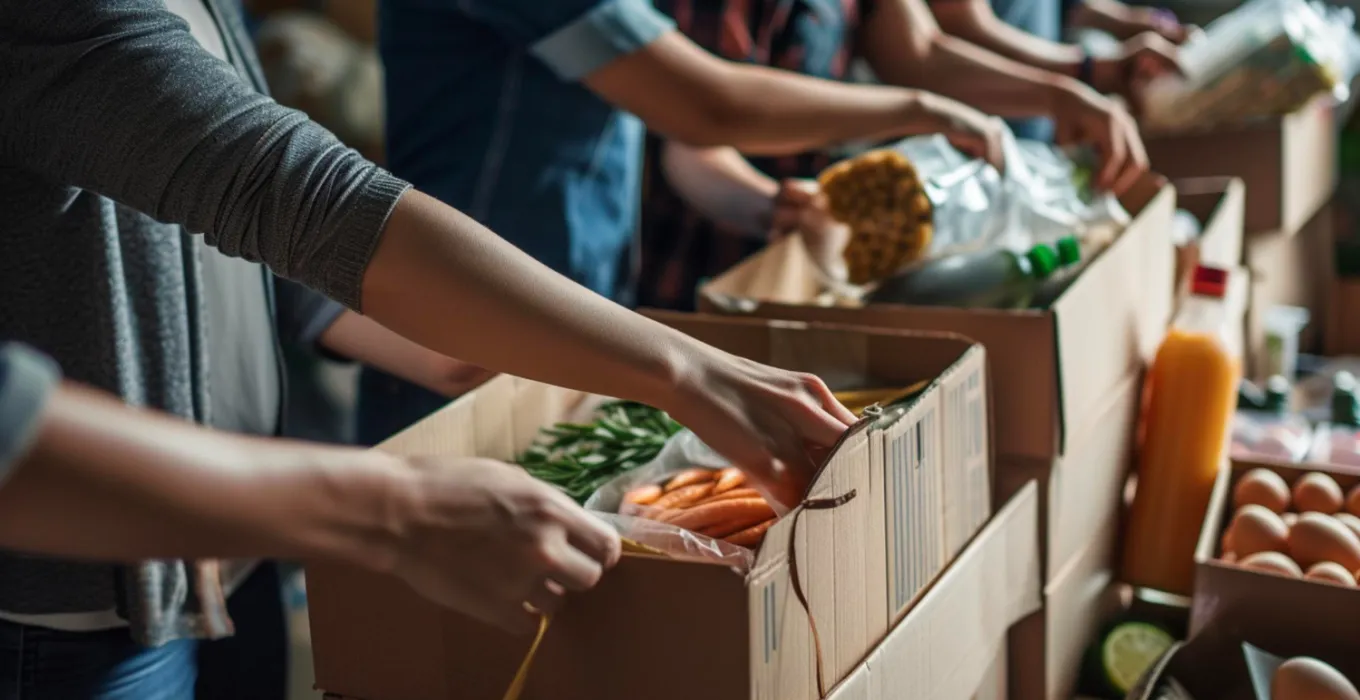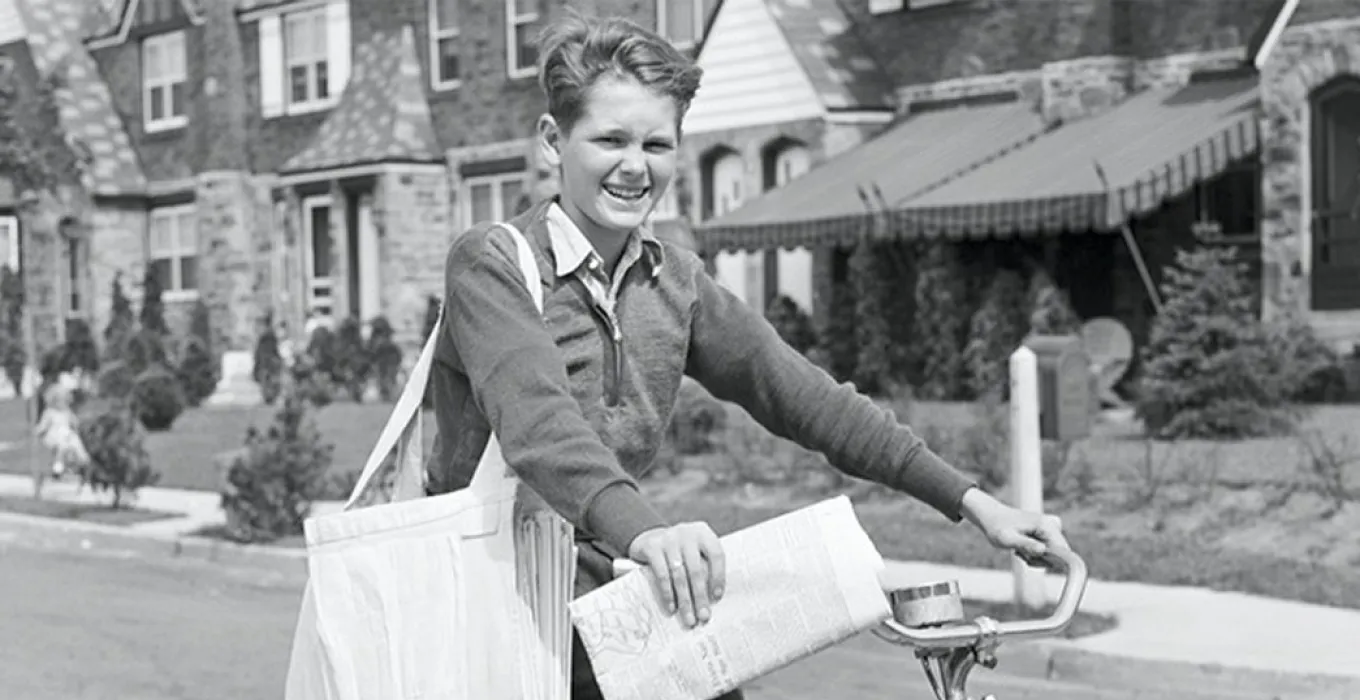Oh Mexico…Giving Back Never Hurt So Good!
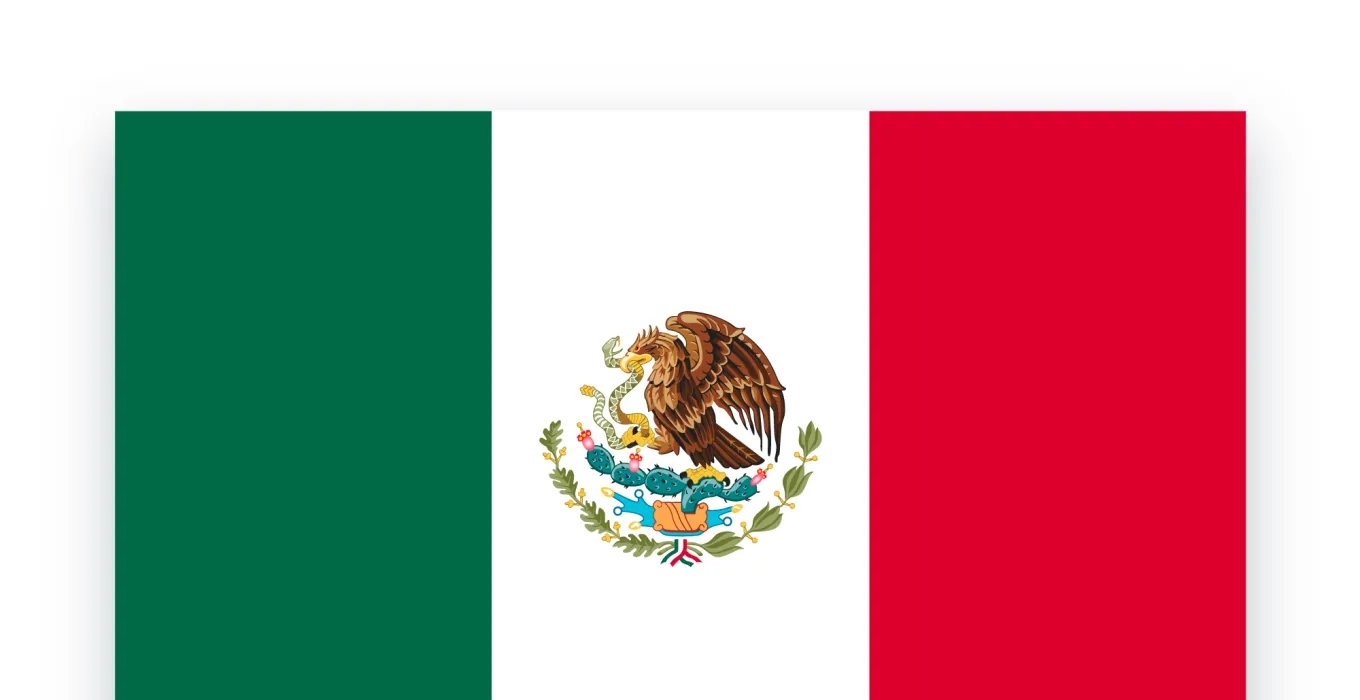
When we think of Mexico, most of us probably picture relaxing beach resorts and Mariachi bands. The tourism industry certainly emphasizes the beauty of Cancun’s beaches, or the nightlife of Los Cabos. But beyond the tourist hotspots lies a different reality — most of Mexico struggles with deep poverty. In fact, Mexico ranks among the top 10 to 13 countries in the world for the number of people living in poverty. Among nations with large populations, it ranks 8th, just behind China, India, Indonesia, Brazil, Pakistan, Nigeria, and Bangladesh.
Despite having a strong national economy, millions of Mexicans face serious financial hardships - and many of those affected live just south of our border. In Juarez alone, 44,000 families lack permanent homes. This isn’t a political commentary on immigration. It’s a story about helping those in need, right across the border.
Recently, I participated in two mission trips to Juarez - once in November, and again in March - as part of my church’s outreach efforts. The trips were organized by a nonprofit in El Paso called Casas por Cristo, which sponsors housing construction for families in need. During my trips, most of the people I encountered in Mexico were proud, hard-working individuals - not looking for handouts, just striving to make the best of what little they have. Despite their challenges, many seemed genuinely happy and not seeking to leave their homeland for a new life across the border.
Each trip included about 28 volunteers. We were split into two teams of 14 volunteers to build one home each in just three days. Our teams crossed into Juarez and built four small homes - two on each trip - for families living in extreme poverty. When I say small, I mean it: Each house measures just 16 feet by 20 feet. To Americans, that’s the size of a large storage shed. But for a family in Juarez, it's a mansion - and something they’ve only dreamed about. These basic homes include two 10 x10-foot bedrooms, a small living area, a concrete floor, and electrical outlets - though no plumbing or running water. They’re a major upgrade from the dirt floors, makeshift walls, and leaky roofs many of these families are used to. Every family must legally own the land the house is built on - usually small plots about 40–50 feet wide and 60–80 feet deep.
The Build Process Day One:
We begin with lumber deliveries and a materials checklist. Volunteers cut boards to specified lengths while others prepare and level the site. Concrete is poured for the floor, and walls are constructed and set aside for the concrete to cure overnight.
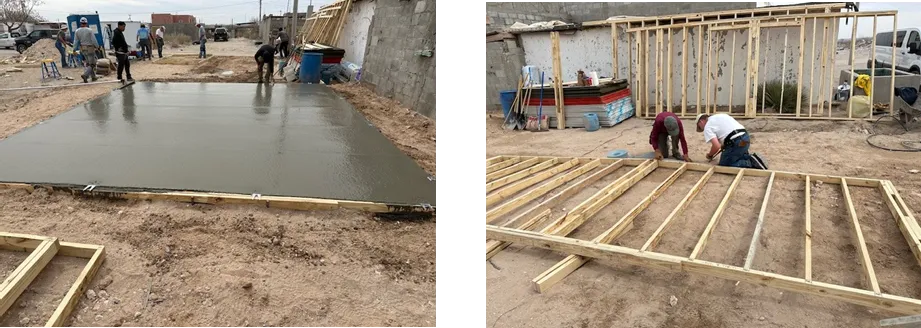
Day Two:
We raise and secure the walls, add blackboard sheathing, and stretch chicken wire over it in preparation for stucco. Roof joists and panels go up, windows are installed, and interior electrical wiring is added.
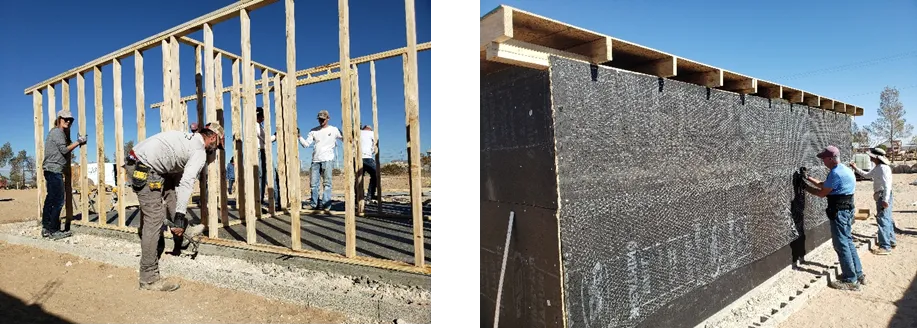
Day Three:
Stucco is applied to the exterior, while insulation and drywall are installed inside. Volunteers mount a ceiling fan, hang the front door, and paint window and door trim. By the end of the day, what was once an empty lot now stands as a secure home. Families go through a strict application process. They must be referred by a local church and demonstrate real need. They also commit to living in the home, not selling it. The required land can cost anywhere from $1,500 to $6,000, depending on location - many plots are near landfills. Trash litters the landscape, including thousands of used tires. Public services like water, sewer, and recycling are minimal or nonexistent. Grocery and department stores are rare, so in some areas, trucks drive through neighborhoods selling daily essentials - playing music reminiscent of the ice cream trucks we remember as kids.
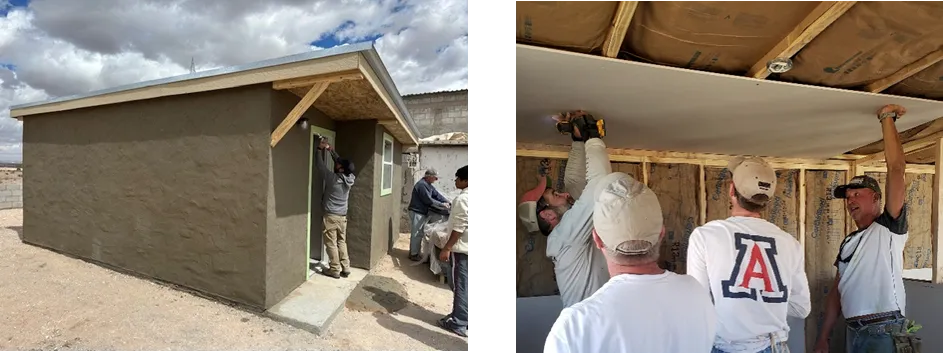
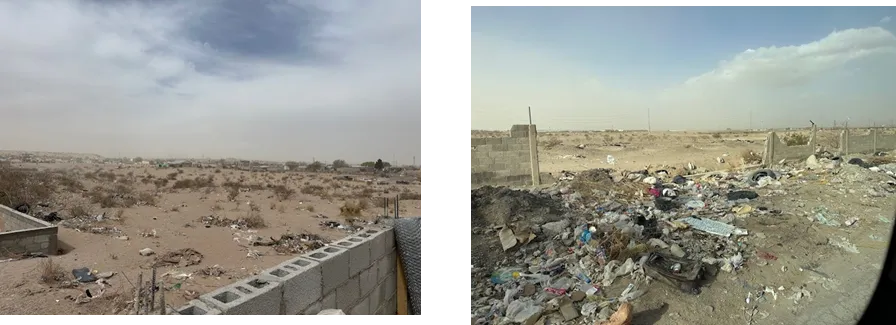
The Families:
In November, my team built a home for a couple likely in their late 30s. The husband worked at a nearby ranch and walked to and from the job each day. During his lunch break, he would walk to the build site and help us. His wife made lunch for our team every day and delivered it in a wheel barrow from wherever they were living. They had been waiting more than a year for their home. After we installed the walls and roof on Day Two, they spent the night inside—sleeping on a concrete floor instead of dirt for the first time.
In March, my team built for a family of five: husband, wife, and three teenage sons. They were warm, grateful, and deeply appreciative. The wife also cooked lunch for us daily, and the husband likely stayed at the site overnight to safeguard materials. They had an old car, and other relatives stopped by during the build. Despite the language barrier, we connected with them through gestures, gratitude, and smiles.

Staying in Juarez:
Our group stayed at a secure volunteer housing center, complete with bunk rooms, showers, and a kitchen that provided breakfast and dinner. While at the house worksites, the families receiving homes often brought us lunch - homemade local meals that were some of the best Mexican food I’ve ever tasted. It was their heartfelt way of saying thank you. Drinking water and other beverages were always bottled for safety. I must admit, at the end of each day my body was tired and sore, and that bunk bed felt better than I’d ever imagined!
Though Juarez has a reputation for danger and drug cartels, we never felt unsafe. Locals told us that groups causing trouble leave volunteers alone, recognizing the goodwill of our work. On the final day, each home is dedicated with a small ceremony. We pray with the family, hand over the keys, and open the door to their new home - this is probably the first time they’ve had a door that locks on a home. Our group also funded basic furnishings: beds, bedding, and a small stove and/or refrigerator. The dedication is often emotional - and it certainly was for me.
Now that I’m semi-retired, I’ve been looking for meaningful ways to spend my time while giving back and doing good. I don’t have serious construction skills, but that didn’t matter. These trips changed me. Witnessing such extreme poverty and being part of something so life-changing has only strengthened my commitment. I’ve done this twice now, and I have no intention of stopping. The joy of giving back, especially in such a tangible way, has never hurt so good.
